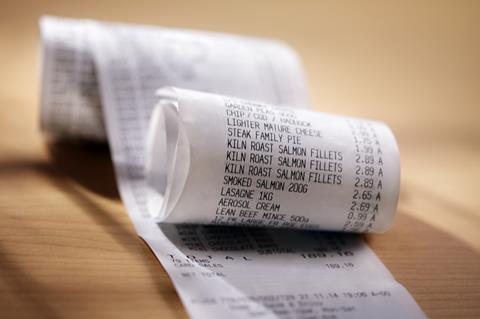
The CMA has had a tough challenge investigating manufacturer pricing and its role in inflation. This week, it has completely cleared manufacturers of profiteering. But you wouldn’t think that if you watched the TV news.
In my column four weeks ago, I summarised why criticism of an individual manufacturer would have needed to undertake a very different study, amounting to a huge waste of taxpayers’ money.
Sensibly, it has very deliberately avoided direct criticism of any manufacturer, and announced only a follow-up on the lack of own label presence in baby formula. For everyone else, it is case closed. Annoyingly, though, the clumsy and manipulative presentation of their findings left the door open to unwarranted criticism of brands.
From the beginning, the report sets out to pit brands against own label, and manipulates the mathematics of the branded premium to portray them negatively. Certain brands have been implicated by the presence of their names, which has been amplified into derision by the blunderbuss treatment of broadcast media. It would have been so easy to avoid this that I can’t help wondering if that’s the response the CMA wanted, to make it look like they found something. After all, no one is actually going to read the 94 pages.
The report makes clear manufacturer profit margins have declined. And also within that, own label has been the bigger contributor to food inflation, passing on higher percentage increases. It then gives own label forgiveness for coming off a lower starting price, which is just wrong.
It attacks brands by analysing pence per unit numbers rather than percentage. To be clear, inflation is expressed as a percentage. Its assumption would appear to be that anyone making a £100 profit now should be perfectly happy if they are making a £100 profit in 10 years’ time. We all know that’s wrong.
Deep on page 78, the report even shows the maths. Simplified: if a manufacturer charges 10p and its costs are 6p, it makes a 4p cash profit and 40% margin. Say its costs go up 50% to 9p and the supplier passes on only 40%, moving to 14p. It now makes a higher cash profit per unit of 5p, but the margin slid from 40% to 35.7%.
In business, this is a negative – it is not profiteering. It now spends 9p to make 5p, whereas previously it spent only 6p to make 4p. Yet the measure that is highlighted and repeated is that their 4p rise was bigger than the 3p input cost increase, and this leads to a profit per unit increase of 1p.
The use of this measure is not just clumsy, it is deception. Worse still, this abuse of absolutes versus percentages is compounded on page 66, where the before and after pence per unit price differential versus brands is indexed and published with a percentage growth. This is despite own label putting though higher percentage rises.
It’s quite an effort to present such a meaningless stat, which is solely a function of brand premium. A premium that is explained by the brand’s innovation/marketing and the loss-leading margins of own label to project retailer attractiveness, and their tactic to benefit from the brand’s investment.
In the beans category, the report shows a 47% branded rise and 10% switch to own label. The report also clearly shows own-label beans have gone up 57% in price at the same time – this fact didn’t get so much airtime. Heinz is named as a major player and there is a shadow of unwarranted guilt cast over it. Companies like Heinz and Unilever, whose Hellmann’s brand is also implicated, should feel very aggrieved.
Overall, the report settled on clearing suppliers because consumers had a lower price option and there was switching to own label. Brands raise prices at their own risk. The CMA then muddied the waters for brands in an irresponsible way. Poor show.












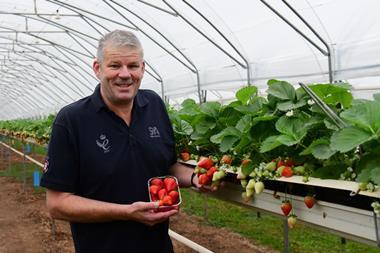

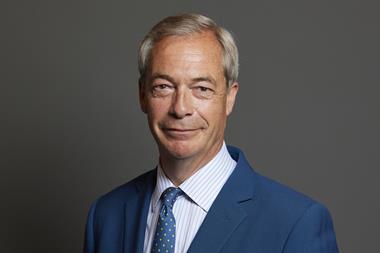
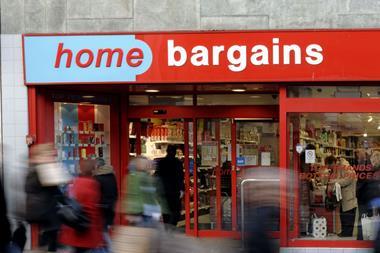

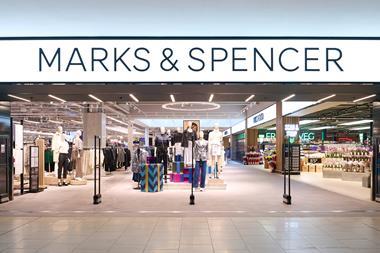

No comments yet